YAP winner The Living selected to re-design MoMA PS1's courtyard this summer
By Bustler Editors|
Thursday, Feb 6, 2014
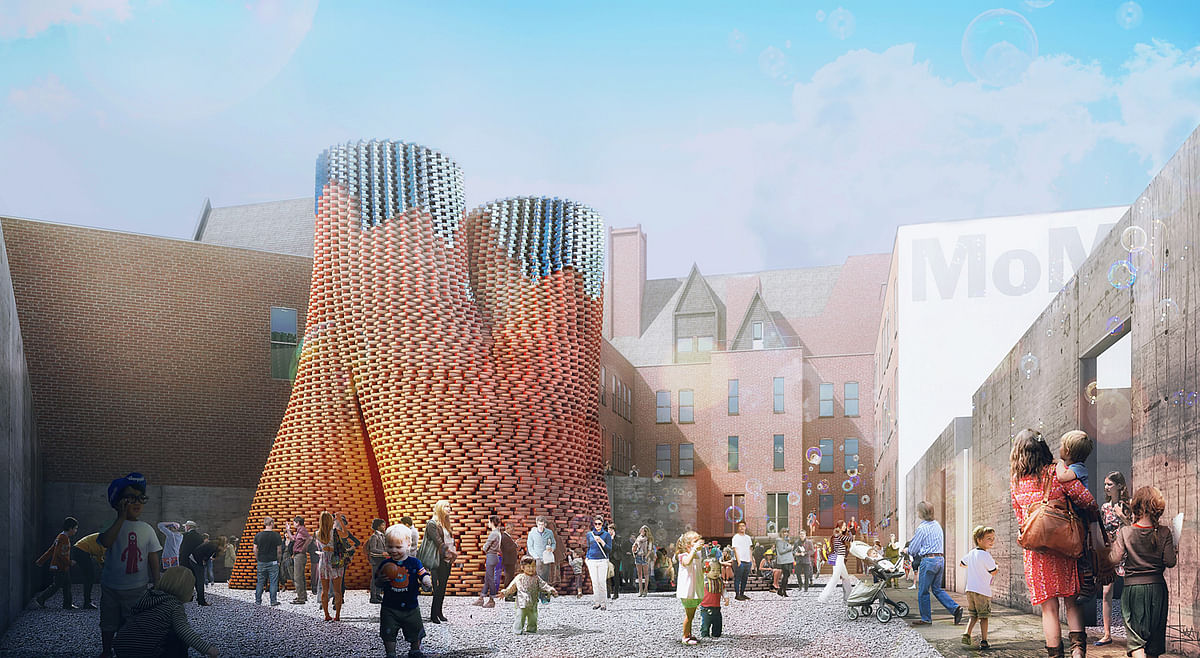
Related
After winning the 2014 Young Architects Program out of five finalists, emerging architect David Benjamin and his firm, The Living will temporarily transform the outdoor courtyard of MoMA PS1 in Long Island City, New York when the summer season rolls in.
YAP projects had to provide seating, shade, and water, and also follow guidelines that address environmental issues and sustainability. The Living's proposal, titled "Hy-Fi", will feature circular organic brick towers made of corn stalk and living root structures. Set to open in late June, the temporary installation will be a memorable summer spectacle.
Hy-Fi from David Benjamin on Vimeo.
Keep reading for more details into the project's design.
Project description:
"Using biological technologies combined with cutting-edge computation and engineering to create new building materials, The Living will use a new method of bio-design, resulting in a structure that is 100% organic material. The structure temporarily diverts the natural carbon cycle to produce a building that grows out of nothing but earth and returns to nothing but earth—with almost no waste, no energy needs, and no carbon emissions."
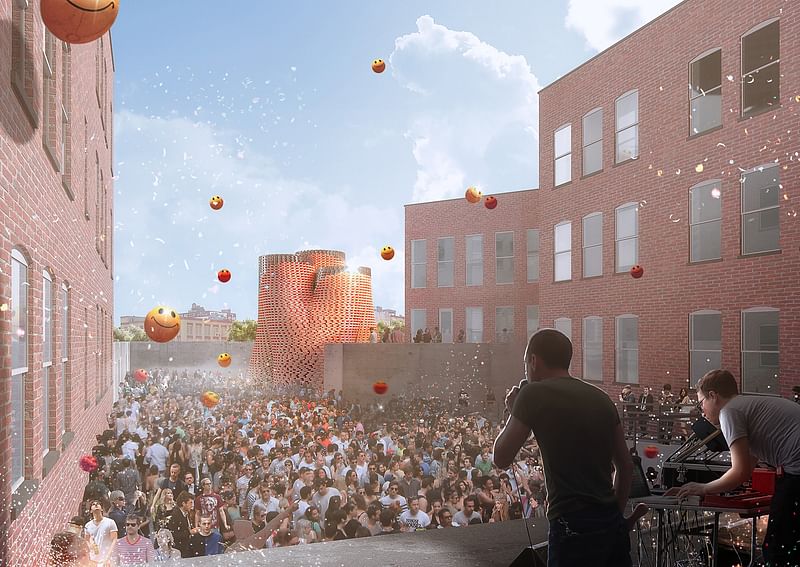
"This approach offers a new vision for society's approach to physical objects and the built environment. It also offers a new definition of local materials, and a direct relationship to New York State agriculture and innovation culture, New York City artists and non-profits, and Queens community gardens."

"Hy-Fi is a circular tower of organic and reflective bricks, which were designed to combine the unique properties of two new materials. The organic bricks are produced through an innovative combination of corn stalks (that otherwise have no value) and specially-developed living root structures, a process that was invented by Ecovative, an innovative company that The Living is collaborating with."
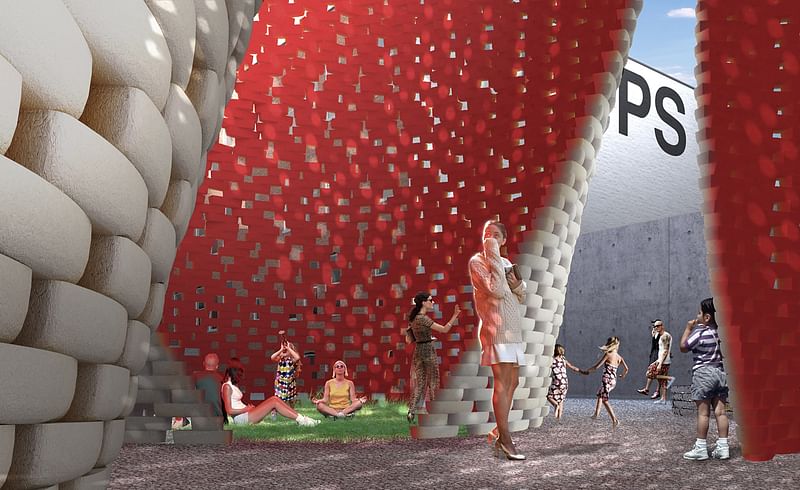
"The reflective bricks are produced through the custom-forming of a new daylighting mirror film invented by 3M. The reflective bricks are used as growing trays for the organic bricks, and then they are incorporated into the final construction before being shipped back to 3M for use in further research. The organic bricks are arranged at the bottom of the structure and the reflective bricks are arranged at the top to bounce light down on the towers and the ground."
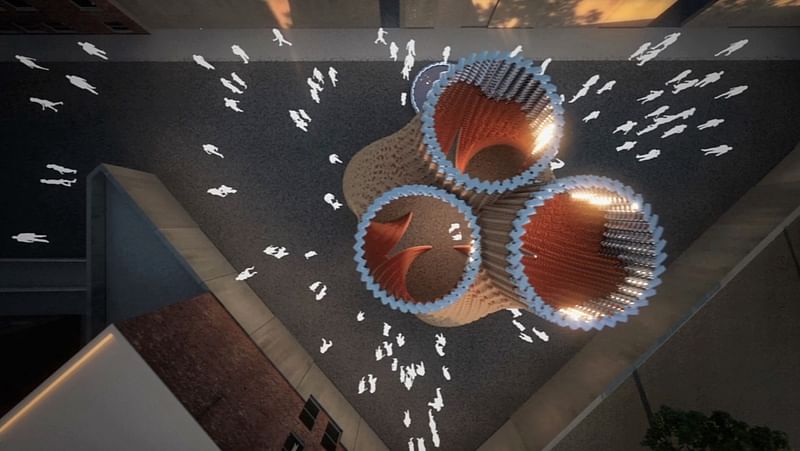
"The structure inverts the logic of load-bearing brick construction and creates a gravity-defying effect—instead of being thick and dense at the bottom, it is thin and porous at the bottom. The structure is calibrated to create a cool micro-climate in the summer by drawing in cool air at the bottom and pushing out hot air at the top."
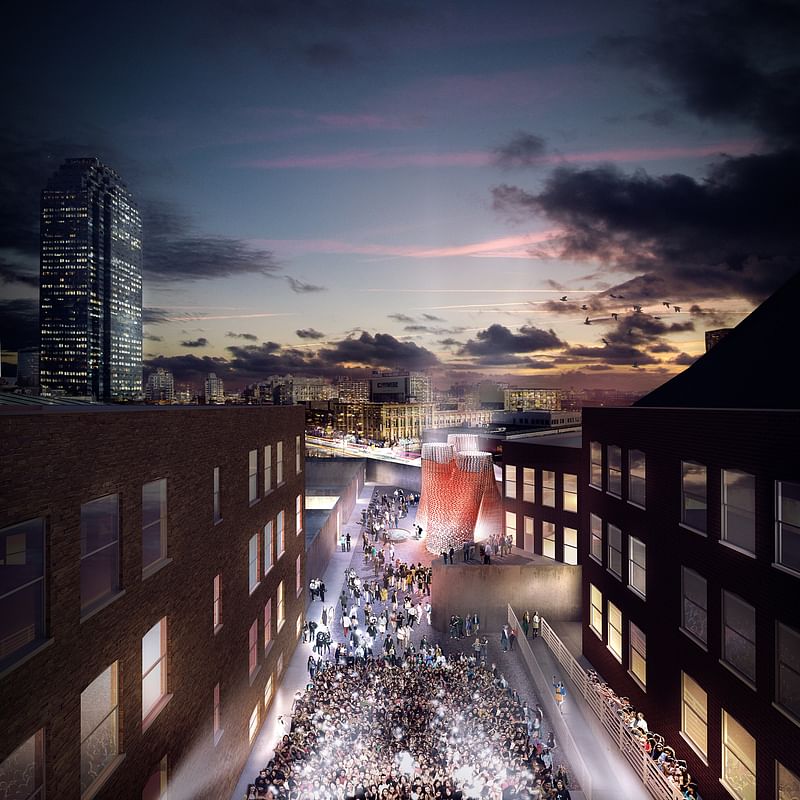
"The structure creates mesmerizing light effects on its interior walls through reflected caustic patterns. Hy-Fi offers a familiar—yet completely new—structure in the context of the glass towers of the New York City skyline and the brick construction of the MoMA PS1 building. And overall, the structure offers shade, color, light, views, and a future-oriented experience that is designed to be refreshing, thought-provoking, and full of wonder and optimism."
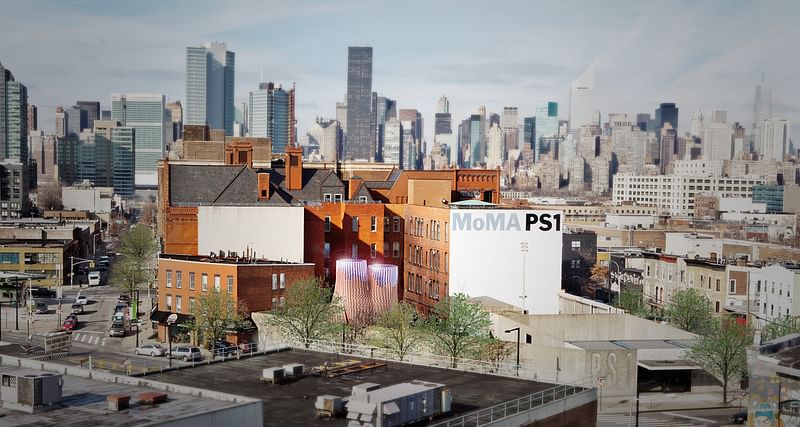
Images via thelivingnewyork.com

Share
0 Comments
Comment as :